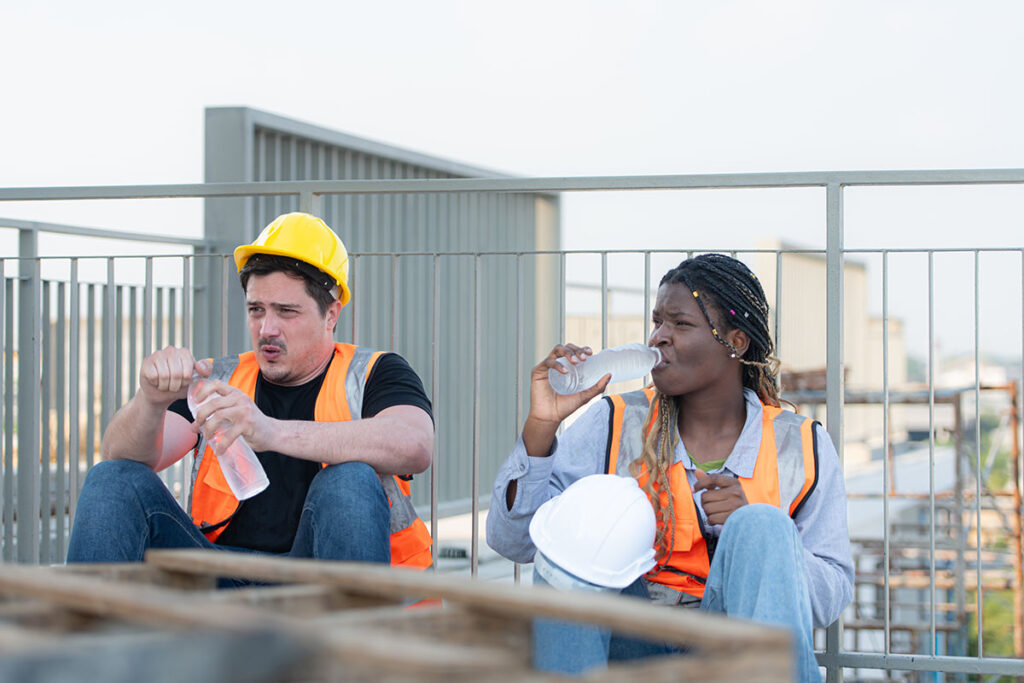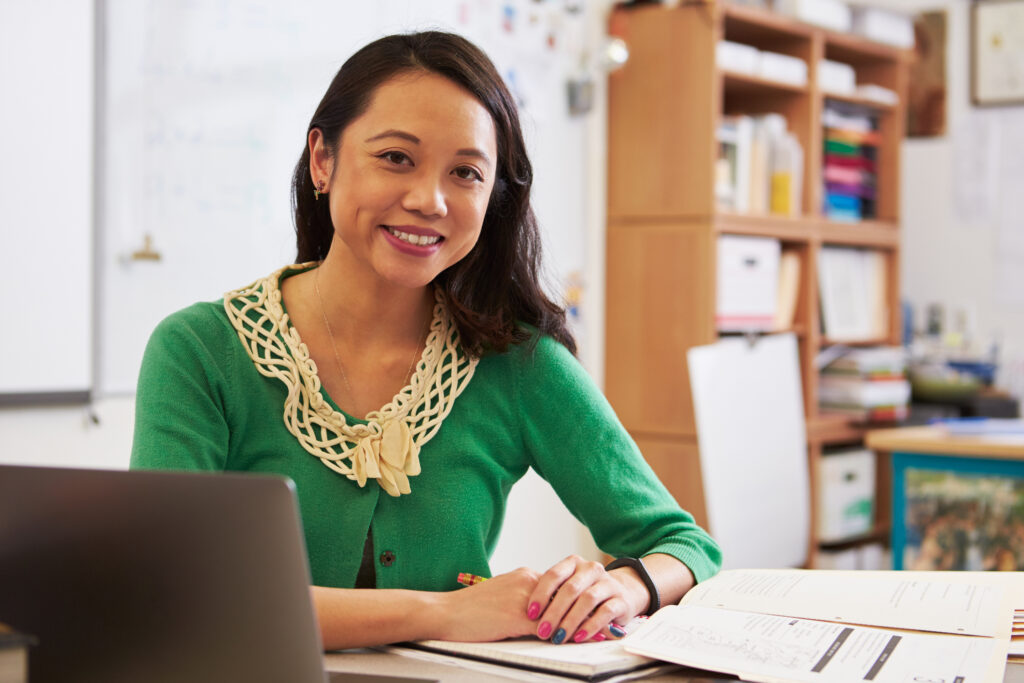Students begin by figuring out that heat waves and periods of extreme heat are occurring more frequently in California. They investigate what extreme heat is, leaving them wondering how extreme heat affects people, communities, and the environment. Through further exploration, they learn that certain groups, like older adults and people without air conditioning, are more vulnerable to extreme heat. Students also explore ways to stay cool, like fans, protective clothing, and hydration.
Students then investigate actions individuals and communities can take to prepare for and stay safe from extreme heat. Students explore solutions communities are already enacting. This includes setting up cooling centers, issuing heat warnings, and providing shade and water for outdoor workers. The unit culminates with students developing an action plan to help their community prepare for extreme heat and help create a cooler environment.

“WOW! What incredible and engaging lessons to do with my students. They loved this opportunity to be scientists, explore and think about the food they eat, and I loved the ways that they began to model. I am so excited about these lessons and cannot wait to share them with my coworkers.”
“The message that there are solutions to help us combat climate change and that people are working together to solve problems helped students stay in a place of curiosity; they didn’t show anxiety over the content.”
“This did a great job of piquing students’ interest and sparking opposing points of view, which created lively discussions on the topic.”
“There is something for all different kinds of learners. We are moving spaces, drawing, talking in big and small groups, writing. Some of my kiddos who would have been disengaged quite possibly the entire time were engaged in at least two or more parts of this lesson.”
“I love how the data was more interactive and chunked into smaller pieces. I also like how there was a way to bring all the knowledge and wondering back to come up with a conclusion to the problem.”
“What I find interesting is that students are discussing the material outside of class time. I heard students discussing the ideas before class in the hallways and even during lunch periods.”
“This is engaging because it uses real data about the state students live in and shows changes within their lifetime, like the rise of warehouses and trucking during the pandemic.”
“Students really wanted to share their food traditions and look into how climate change might affect their food traditions.”
“Using the maps and seeing things like schools and how close they are to hazards is really cool. They may not be super connected personally, but they can put themselves in the shoes of other kids and try to relate. I know it’s working because I have a kid that just watches Netflix all day, every day and he pulled out his earbud and participated!”
“The kids become more engaged because now they are actually actively doing things. They’re really having to look for themselves. It’s not given to them on a platter, but all the resources are right there.”
“I am so amazed and impressed by the depth of resources that you embedded in the teacher guide. This is really well put together.”
“Every lesson was so thoroughly designed, the case study design book was beautifully organized, and it helped to give my class a real-life understanding of how college/graduate-level academic research works. Being able to connect their research back to environmental issues they actually experience was simply icing on the cake. Well done!”

Douglas Watkins, 3D Science Instruction
Meagan Nelson-Palamara, Curriculum Developer
Angelle Lailhengue, Curriculum Developer
Anita Palmer, GIS Etc
Roger Palmer, GIS Etc
Roni Jones, Ten Strands
Matt Ellinger, Designer
Stacey Lane, Illustrator
Kim Parfitt, Science Educator
Community Resources for Science
Oakland Teachers Advancing Climate Action
Vivienne Adams, Vaughn Next Century Learning
Janet Balenoff, West Contra Costa USD
Chanel Dawson, Los Angeles USD
Cory Day, Laguna Beach USD
Alaka Devi, Fremont USD
Cherene Fillingim-Selk, Berkeley USD
Fenna Gatty, Livermore USD
Maria Gomez, Los Angeles USD
Natalie Gutierrez, Lincoln USD
Misa Horita, Lincoln USD
Cait Jenkins, Berkeley USD
Kristyn Jones, West Contra Costa USD
Lyndon Pepito, Los Angeles USD
Kameryn Sanchez, Oakland USD
Amy Tenaza, Lincoln USD
Karen Yu, Vaughn Next Century Learning